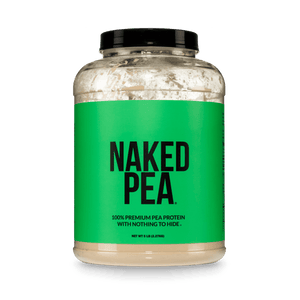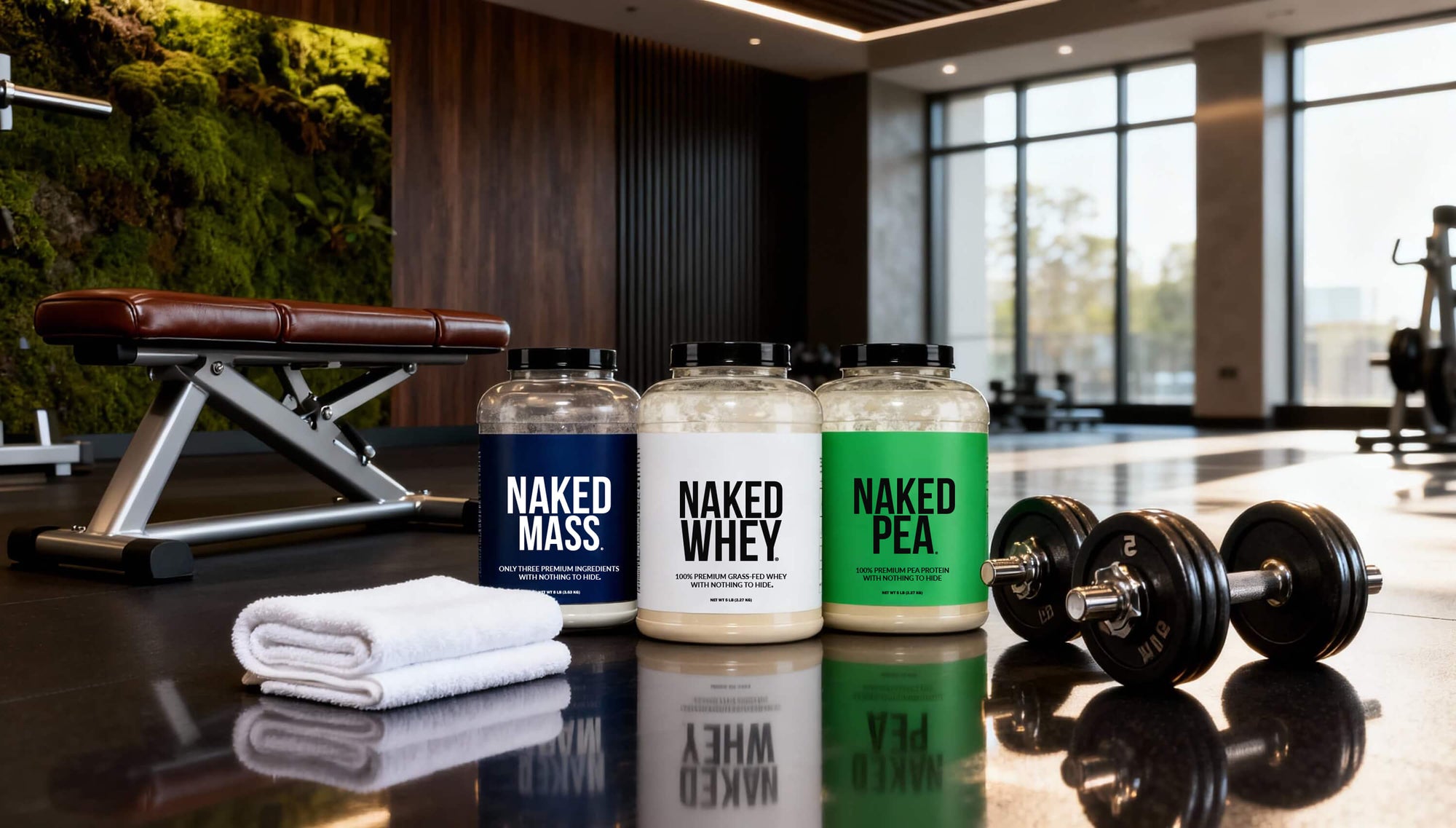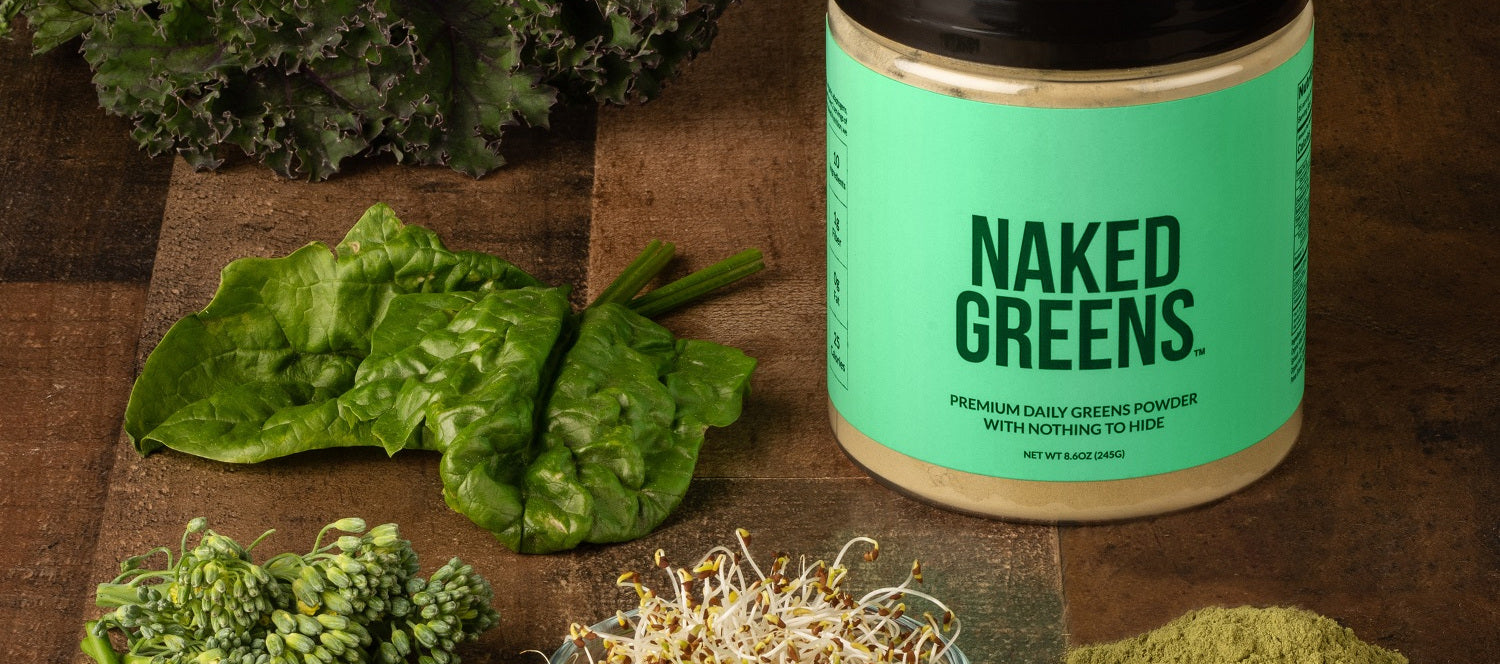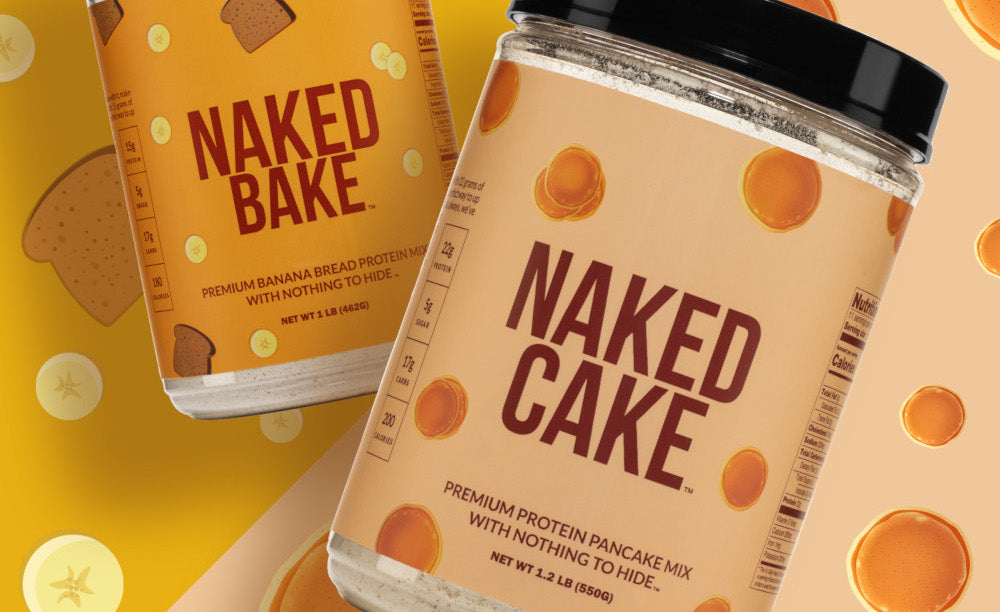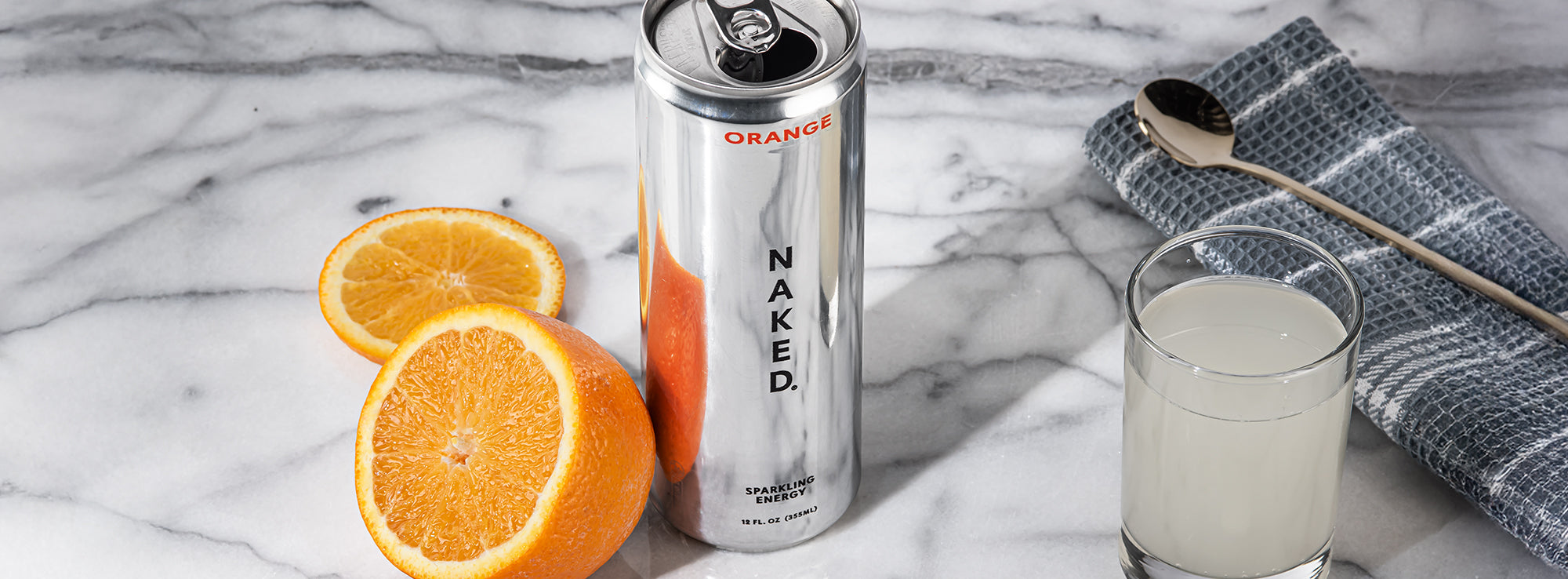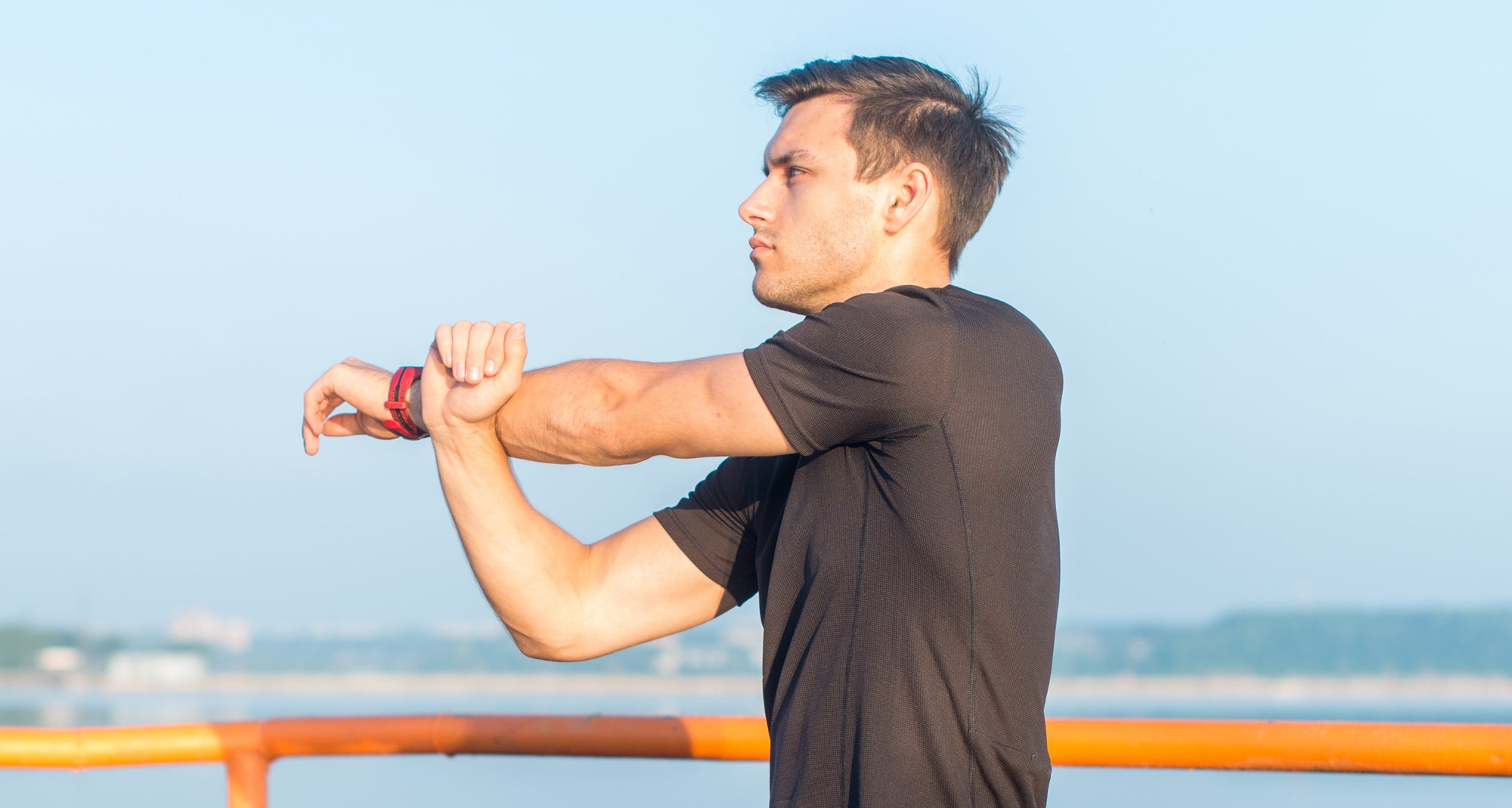-
Creatine is a popular pre workout supplement that helps build muscle and strength, improves endurance, and speeds recovery after exercise.
-
Creatine cycling is a method of taking creatine that can optimize creatine’s benefits, give you more energy, and speed up muscle growth.
-
Creatine cycling involves a high-dose loading phase, followed by a long maintenance phase, and then a rest phase where no creatine is consumed.
-
Creatine supplementation and creatine cycling is very safe, however, some people may experience potential side effects such as mild water retention, weight gain, or digestive upset, especially with long term creatine supplementation.
Creatine monohydrate is one of the most popular and well-researched supplements on the market. It’s common among fitness enthusiasts, body builders, and anyone looking to improve their muscle strength or endurance.
Creatine increases the amount of ATP (adenosine triphosphate) available in muscles, which enables muscles to perform at high intensities for longer periods of time. ATP is the form of energy that muscles use to contract and engage in high intensity physical activity, so more ATP means more energy.
In fact, 95% of the body’s creatine is found in skeletal muscle, stored as phosphocreatine. With creatine supplementation, the muscles have more creatine available to continue pushing out reps at a high level.
Creatine also pulls water into muscle cells which helps contribute to protein synthesis as well.
Creatine is important for everyone, but supplements can be particularly important for strength and endurance athletes. There is even research to suggest that creatine supplementation can improve mood, memory, and cognition.
Unlike stimulant supplements like caffeine, creatine increases the body’s energy reserves, allowing muscles to work harder and for longer, and ultimately contributing to greater muscle growth.
People may notice increased energy from taking creatine, but the muscle gain results will be seen over time, after consistently taking creatine. For best results, creatine cycling is an important concept to understand to optimize your creatine regimen.

The Benefits of Creatine Supplementation
There are several benefits of cycling creatine from improved exercise performance, muscle growth, and even a boost in brain health and cognition.
Improved strength and muscle gains
Perhaps the most well-known reason for taking creatine is to improve strength and pack on weight through lean muscle mass.
Many studies show that creatine can increase strength, muscle mass, and even bone density. When the muscles can perform at a higher level, muscle protein synthesis is increased, therefore elevating muscle fiber growth and increasing gains.
Increased endurance

Creatine increases muscle stores and optimizes ATP production. Therefore, creatine, often taken before a workout, allow muscles to perform for longer periods of time at a high level.
Instead of getting tired and not being able to continue your high-intensity exercise, creatine can help you push through a tough workout.
Although people typically think of creatine as a supplement for building muscle, endurance athletes such as runners, cyclers, or swimmers can also benefit from creatine’s endurance-enhancing effects.
Faster post-workout recovery
One of the best things about creatine is its ability to speed up recovery after a tough workout.
Strength training causes tiny tears in muscles, which is important for the muscle-building process, however, this leads to muscle fatigue and soreness as well.
Luckily, creatine can speed up this healing and recovery process for muscles. This allows you to get back to training sooner and continue working towards your fitness goals.
Cognitive benefits and mood boost
In addition to the physical benefits, creatine can also support cognition and may even boost mood, especially if you like taking it with coffee.
Although more research is needed, many studies suggest that taking creatine can improve short-term memory and can help sharpen focus. Particularly on intense cognitive tasks, creatine may increase attention span and reduce brain fatigue.
Creatine can also boost mood and may lessen symptoms of depression, however, more large scale studies are needed to better understand the relationship between creatine and mood.
What is a Creatine Cycle?

A creatine cycle is a method of taking creatine that involves alternating different doses of creatine to optimize muscle stores, and ultimately enhance performance and results.
Creatine cycling can speed up the benefits that creatine can bring.
Some experts believe that people should not take creatine for longer than 2 months at a time, but rather alternate between a loading phase, maintenance phase, and rest phase.
While not everyone may necessarily need to cycle creatine, if you choose to do it, it's important to cycle creatine properly.
The following sections will explain the phases of cycling creatine and how to cycle creatine properly.
Creatine Loading Phase: How to Do it?
The creatine loading phase involves taking a higher dose of your creatine supplement daily for 5 to 7 days. It’s common to take 20-25 grams of creatine each day during this phase. Some people also split their daily dose of creatine into 3 or 4 servings in efforts to optimize absorption, which can be helpful.
Regardless of how you choose to divide your creatine supplement, it’s important to take creatine within an hour of exercise, whether that’s before or after your workout.
The loading phase gives your body a week to adjust to higher levels of creatine and flood muscles with creatine to optimize workouts.
Because the loading phase can cause digestive discomfort and bloating, some people choose to opt out of the loading phase. Without the loading phase you can still reap the benefits of creatine, but it just might take longer to see results.
If you want results fast, then the creatine loading phase can be quite important.

Maintenance Phase
After about a week of creatine loading, it’s important to taper down your daily creatine supplement for the maintenance phase. It’s recommended to take 5-10 grams of creatine daily during this phase.
Maintaining the muscles with this amount optimizes the muscle stores of creatine and actually helps them maintain a high level of creatine that was built up in the loading phase.
The creatine maintenance phase should last for about 4-6 weeks. After this time, it’s best to pause creatine intake for about two weeks before starting the loading phase again.
Do You Really Need to Creatine Cycle?
Creatine cycling can be very helpful if you are trying to get the most out of your creatine supplement.
Only about 80% of the muscle’s maximum capacity for creatine can be reached by diet alone, but with creatine cycling, stores can be increased up to 100%.
While it’s definitely possible to top off creatine stores without creatine cycling, it can take a lot longer and may be less efficient. Some research suggests that creatine loading can maximize creatine stores in just a week or two, while it might take a month when taking a low daily dose of creatine.
Creatine cycling increases the muscles’ creatine stores which can optimize it’s benefits such as increased muscle mass, better performance, and reduced risk for injury,
What Does a Creatine Cycle Look Like?

A creatine cycle includes the loading phase, maintenance phase, and rest phase. As explained previously, the loading phase consists of taking 20-25 grams of creatine daily for about 1 week. The maintenance phase involves taking about 5-10 grams of creatine daily for about 4-6 weeks. Finally, the last phase involves taking a break from creatine for about 2 weeks.
In total, your entire creatine cycle should last about nine weeks, with the last two weeks of that cycle being rest weeks.
After two weeks of not taking any creatine, you can start the loading phase over again and repeat the process.
Here’s a list of the steps of one creatine cycle:
-
Days 1-7: 20-25 grams of creatine per day
-
Days 8-49: 5-10 grams of creatine per day
-
Days 50-63: no creatine intake
puffiness, weight gain, and digestive problems.
It's always a good idea to check with a healthcare professional before starting a new supplement.
Should I Take Creatine on Rest Days?

Creatine should absolutely still be taken on rest days. To build up solid creatine stores in the body, continuous supplementation during loading or maintenance phases is important. Just because you're not working out one day, does not mean you should stop taking creatine.
Skipping creatine because you’re not going to the gym may only hinder your progress on heavy lifting days.
It's important to understand that creatine works towards muscle saturation even if you're not actively lifting weights. In fact, improving exercise performance not only depends what you do on your workout days, but your rest days as well.
FAQs About Creatine Cycle
The following explains the answers to some common questions about creatine cycles.
How long should you cycle on creatine?
A creatine cycle should last anywhere from five to eight weeks, and should include a 1-week loading phase, a 4-6 week maintenance phase, and a 2-4 week rest phase. More creatine is not always better, which is why cycling with different amounts is important.
When should you stop taking creatine?
You should stop taking creatine for a period of 2-4 weeks following the loading and maintenance phase.
Can you do a creatine cycle without loading?
You can do a creatine cycle without loading, however, creatine stores are optimized with the addition of the loading phase. Without it, you may not experience the muscle and strength results as you would with the loading phase.

